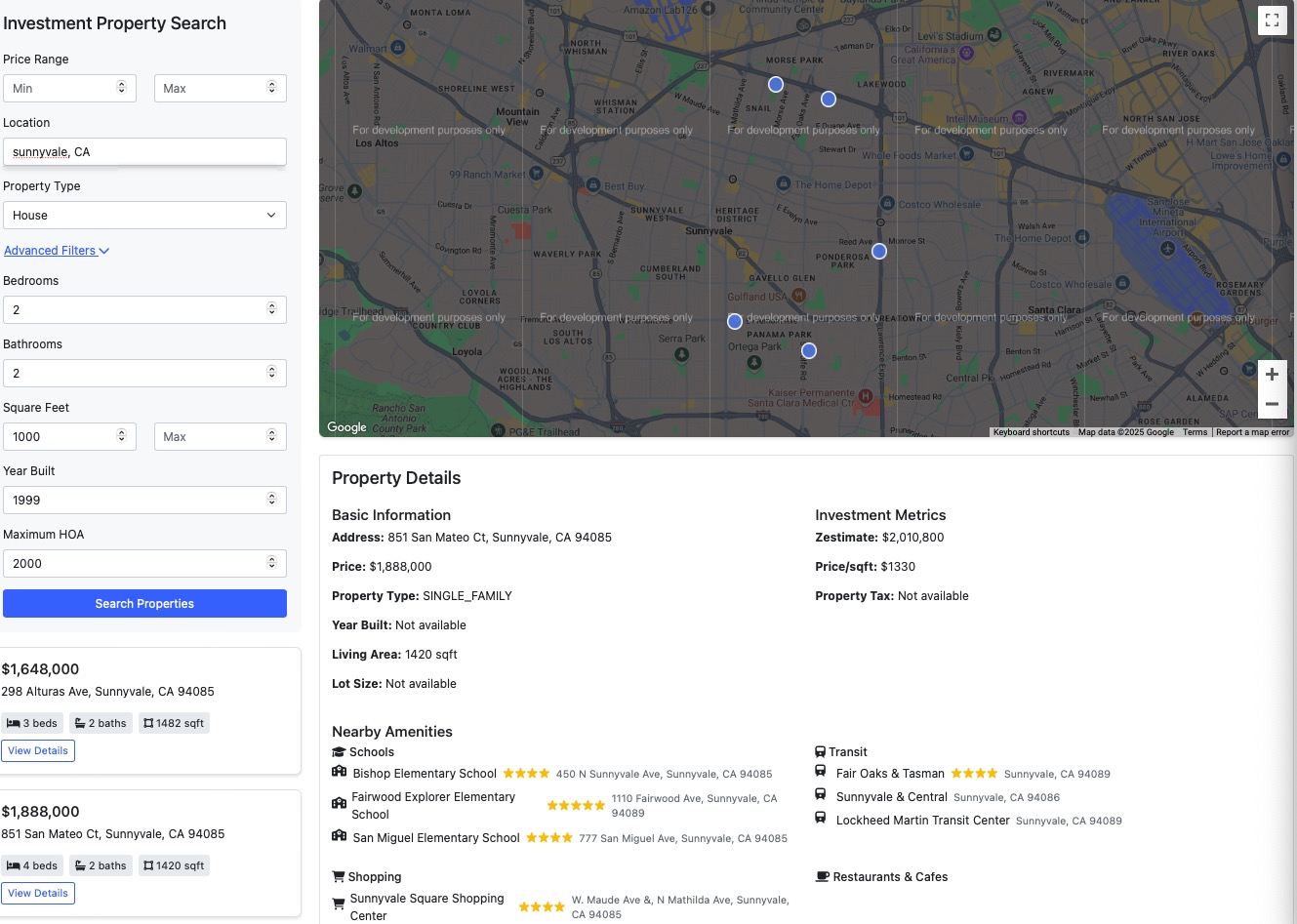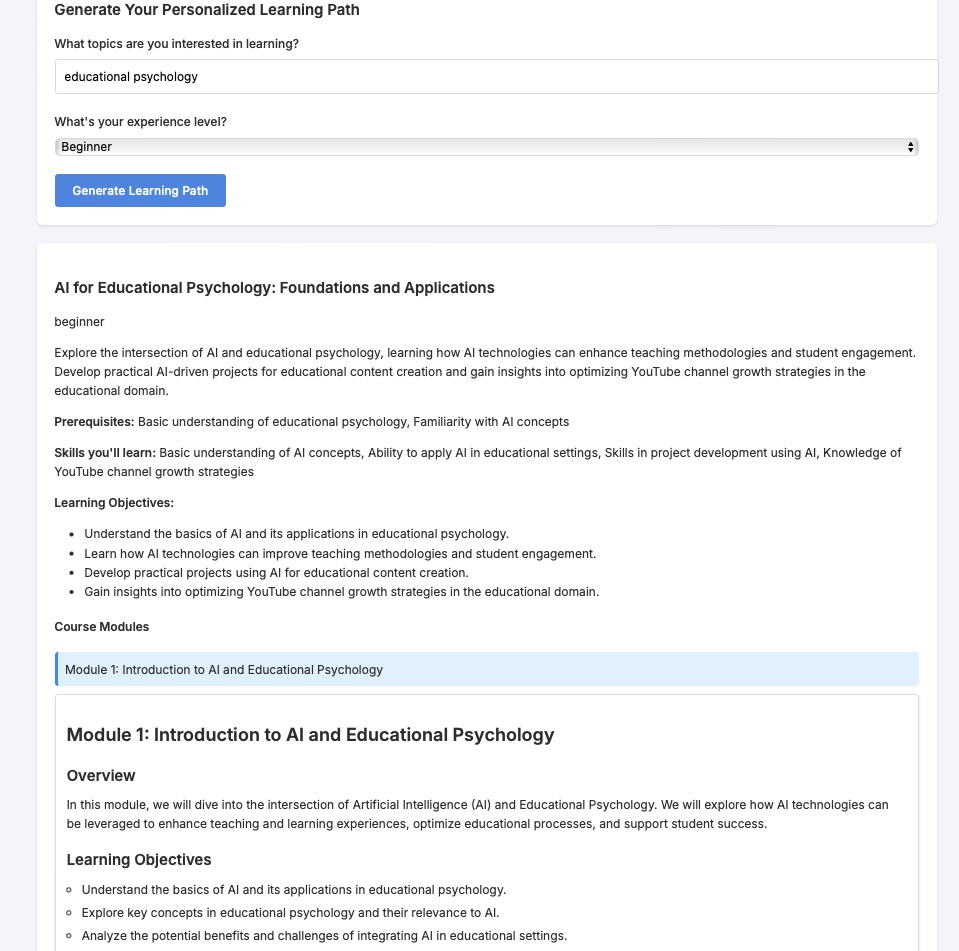[100-Day AI bootcamp] Day 2: Building a Real-Time Chatroom with Django
![[100-Day AI bootcamp] Day 2: Building a Real-Time Chatroom with Django](https://growgrow.s3.us-east-2.amazonaws.com/media/blog_images/4201736241999_.pic.jpg)
Real-time communication has become an integral part of modern web applications. Developing a chat application that can handle multiple users simultaneously requires robust technology and efficient coding practices. This guide provides a step-by-step approach to building a real-time chat application using Django, leveraging AI tools to streamline development.
Understanding the Project
The goal is to create a web-based chat room application using Django that allows multiple users to communicate in real time. The application will utilize WebSockets for real-time communication, and we'll integrate AI tools to assist in coding and development.
Prerequisites
- Basic knowledge of Python and Django framework.
- Understanding of WebSocket protocol.
- Familiarity with JavaScript and front-end development.
Setting Up the Development Environment
-
Install Python and Virtual Environment
Ensure Python is installed on your system. Create a virtual environment to isolate project dependencies.
python -m venv venv source venv/bin/activate # On Windows use `venv\Scripts\activate` -
Install Django and Channels
Django Channels are essential for handling WebSockets in Django.
pip install django pip install channels
Project Structure
Create a new Django project and app:
django-admin startproject ChatRoom
cd ChatRoom
django-admin startapp chat
Configuring Django Settings
Edit ChatRoom/settings.py to include necessary configurations:
# Add 'channels' and 'chat' to INSTALLED_APPS
INSTALLED_APPS = [
# ...
'channels',
'chat',
]
# Configure ASGI application
ASGI_APPLICATION = 'ChatRoom.asgi.application'
# Set up channel layers
CHANNEL_LAYERS = {
'default': {
'BACKEND': 'channels.layers.InMemoryChannelLayer',
},
}
Developing the Chat Consumer
The consumer handles WebSocket connections and communication.Create chat/consumers.py:
import json
from channels.generic.websocket import AsyncWebsocketConsumer
from datetime import datetime
import uuid
class ChatConsumer(AsyncWebsocketConsumer):
# Class variables to store clients and messages
clients = set()
message_cache = []
cache_size = 200
client_id = 1
async def connect(self):
await self.accept()
self.client_id = ChatConsumer.client_id
ChatConsumer.client_id += 1
self.username = f"Guest{self.client_id}"
ChatConsumer.clients.add(self)
# Inform other users about new connection
await self.broadcast_message({
'type': 'online',
'client_id': self.client_id,
'username': self.username,
'datetime': datetime.now().strftime("%Y-%m-%d %H:%M:%S")
})
# Send message history to the new user
for message in ChatConsumer.message_cache:
await self.send(text_data=json.dumps(message))
async def disconnect(self, close_code):
ChatConsumer.clients.remove(self)
await self.broadcast_message({
'type': 'offline',
'client_id': self.client_id,
'username': self.username,
'datetime': datetime.now().strftime("%Y-%m-%d %H:%M:%S")
})
async def receive(self, text_data):
data = json.loads(text_data)
self.username = data.get('username', self.username)
message = {
'id': str(uuid.uuid4()),
'type': 'message',
'client_id': self.client_id,
'username': self.username,
'body': data.get('body', ''),
'datetime': datetime.now().strftime("%Y-%m-%d %H:%M:%S")
}
ChatConsumer.update_cache(message)
await self.broadcast_message(message)
@classmethod
def update_cache(cls, message):
cls.message_cache.append(message)
if len(cls.message_cache) > cls.cache_size:
cls.message_cache = cls.message_cache[-cls.cache_size:]
async def broadcast_message(self, message):
for client in ChatConsumer.clients:
await client.send(text_data=json.dumps(message))
Setting Up WebSocket Routing
Create chat/routing.py:
from django.urls import re_path
from . import consumers
websocket_urlpatterns = [
re_path(r'ws/chat/$', consumers.ChatConsumer.as_asgi()),
]
Configure ChatRoom/asgi.py:
import os
from django.core.asgi import get_asgi_application
from channels.routing import ProtocolTypeRouter, URLRouter
from channels.auth import AuthMiddlewareStack
from chat.routing import websocket_urlpatterns
os.environ.setdefault('DJANGO_SETTINGS_MODULE', 'ChatRoom.settings')
application = ProtocolTypeRouter({
"http": get_asgi_application(),
"websocket": AuthMiddlewareStack(
URLRouter(
websocket_urlpatterns
)
),
})
Creating Views and Templates
Edit chat/views.py:
from django.shortcuts import render
from .consumers import ChatConsumer
def index(request):
context = {
'messages': ChatConsumer.message_cache,
'clients': ChatConsumer.clients,
'username': f"Guest{ChatConsumer.client_id}"
}
return render(request, 'chat/index.html', context)
Create chat/templates/chat/index.html:
<!DOCTYPE html>
<html>
<head>
<meta charset="UTF-8">
<title>Django Chat Room</title>
<link rel="stylesheet" href="/static/css/chat.css" type="text/css">
<script src="/static/js/jquery.min.js"></script>
<script src="/static/js/chat.js"></script>
</head>
<body>
<div id="body">
<div id="users">
Online Users:<br/>
<ul id="user_list">
{% for client in clients %}
<li id="{{ client.client_id }}">{{ client.username }}</li>
{% endfor %}
</ul>
</div>
<div id="right">
<div id="inbox">
{% for message in messages %}
{% include "chat/message.html" %}
{% endfor %}
</div>
<form id="messageform">
<table>
<tr>
<td>Username:</td>
<td><input name="username" id="username" style="width:100px" value="{{ username }}"></td>
</tr>
<tr>
<td>Message:</td>
<td><input name="body" id="message" style="width:500px"></td>
</tr>
<tr>
<td colspan="2">
<input type="submit" value="Send">
</td>
</tr>
</table>
</form>
</div>
</div>
</body>
</html>
Create chat/templates/chat/message.html:
<div class="message" id="m{{ message.id }}">
{{ message.username }} says: {{ message.body }} ({{ message.datetime }})
</div>
Developing the Frontend JavaScript
Create chat/static/js/chat.js:
$(document).ready(function() {
$("#messageform").on("submit", function(e) {
e.preventDefault();
newMessage($(this));
});
$("#messageform").on("keypress", function(e) {
if (e.keyCode == 13) {
newMessage($(this));
return false;
}
});
$("#message").focus();
updater.start();
});
function addUser(id, name) {
var ul = $('#user_list');
var li = $('<li>').attr('id', id).text(name);
ul.append(li);
}
function removeUser(id) {
$('#' + id).remove();
}
function newMessage(form) {
var message = {
username: $("#username").val(),
body: $("#message").val()
};
updater.socket.send(JSON.stringify(message));
$("#message").val("").focus();
}
var updater = {
socket: null,
start: function() {
var ws_scheme = window.location.protocol == "https:" ? "wss" : "ws";
this.socket = new WebSocket(ws_scheme + '://' + window.location.host + "/ws/chat/");
this.socket.onmessage = function(event) {
var message = JSON.parse(event.data);
updater.showMessage(message);
};
},
showMessage: function(message) {
removeUser(message.client_id);
if (message.type !== "offline") {
addUser(message.client_id, message.username);
}
if (message.type === "message" && message.body) {
var node = $('<div>').addClass('message').attr('id', 'm' + message.id)
.text(message.username + ' says: ' + message.body + ' (' + message.datetime + ')');
node.hide();
$("#inbox").append(node);
node.slideDown();
}
}
};
Adding Styles to Enhance Appearance
Create chat/static/css/chat.css:
/* Styles for user list and chat messages */
#users {
float: left;
width: 20%;
}
#right {
float: right;
width: 75%;
}
#inbox {
height: 400px;
overflow-y: scroll;
border: 1px solid #ccc;
padding: 5px;
}
.message {
margin-bottom: 5px;
}
Integrating AI Tools
To streamline development and improve code quality, consider using AI-powered code assistants like GitHub Copilot or OpenAI's ChatGPT. These tools can help generate code snippets, suggest improvements, and even identify potential bugs.
Benefits of Using AI Tools
- Efficiency: Reduces development time by generating boilerplate code.
- Error Reduction: Helps in spotting syntax errors and logical issues.
- Learning Aid: Offers explanations and alternative solutions to coding problems.
Affiliate Resources for Learning and Hosting
-
Educative.io: An interactive learning platform for developers. Enhance your skills with hands-on courses tailored for all levels.
-
InterServer Hosting: Reliable hosting services for deploying your chat application. Check out their VPS options for scalable solutions.
Testing the Application
Run migrations and start the development server:
python manage.py migrate
python manage.py runserver
Open the browser and navigate to http://localhost:8000/. Enter a username and start chatting!
Key Takeaways
- Building a real-time chat application involves backend WebSocket handling and frontend dynamic updates.
- Django Channels simplifies the integration of WebSockets in Django projects.
- AI tools can significantly enhance development by providing code suggestions and automation.
- Proper project structuring and clear separation of concerns lead to maintainable and scalable applications.
References
- Django Documentation. (2023). WebSockets and Channels. Retrieved from https://docs.djangoproject.com/
- Educative.io. (2023). Interactive Courses for Developers. Retrieved from https://www.educative.io/
- InterServer. (2023). VPS Hosting Solutions. Retrieved from https://www.interserver.net/
![[100-Day AI bootcamp] Day 8: Financial Data Assistant](https://growgrow.s3.us-east-2.amazonaws.com/media/blog_images/5321738902254_.pic.jpg)
![[100-Day AI bootcamp] Day 32: Flashcard Generator](https://growgrow.s3.us-east-2.amazonaws.com/media/blog_images/4421737105713_.pic.jpg)
![[100-Day AI bootcamp] Day 9: AI Resume Builder](https://growgrow.s3.us-east-2.amazonaws.com/media/blog_images/4231736341062_.pic.jpg)
![[100-Day AI bootcamp] Day 8: AI generated Children book web app](https://growgrow.s3.us-east-2.amazonaws.com/media/blog_images/4221736329152_.pic.jpg)
![[100-Day AI bootcamp] Day 7: Short Text social media App](https://growgrow.s3.us-east-2.amazonaws.com/media/blog_images/4211736248200_.pic.jpg)
![[100-Day AI bootcamp] Day 1: AI-Powered Blog](https://growgrow.s3.us-east-2.amazonaws.com/media/blog_images/4161736157861_.pic.jpg)
![[100-Day AI bootcamp] Day 22: Movie Recommendation and Sentiment Analysis Web App](https://growgrow.s3.us-east-2.amazonaws.com/media/blog_images/4151736154176_.pic.jpg)
![[100-Day AI bootcamp] Day 12: Personal Diary App](https://growgrow.s3.us-east-2.amazonaws.com/media/blog_images/4571735986511_.pic.jpg)



Comments
Please log in to leave a comment.
No comments yet.